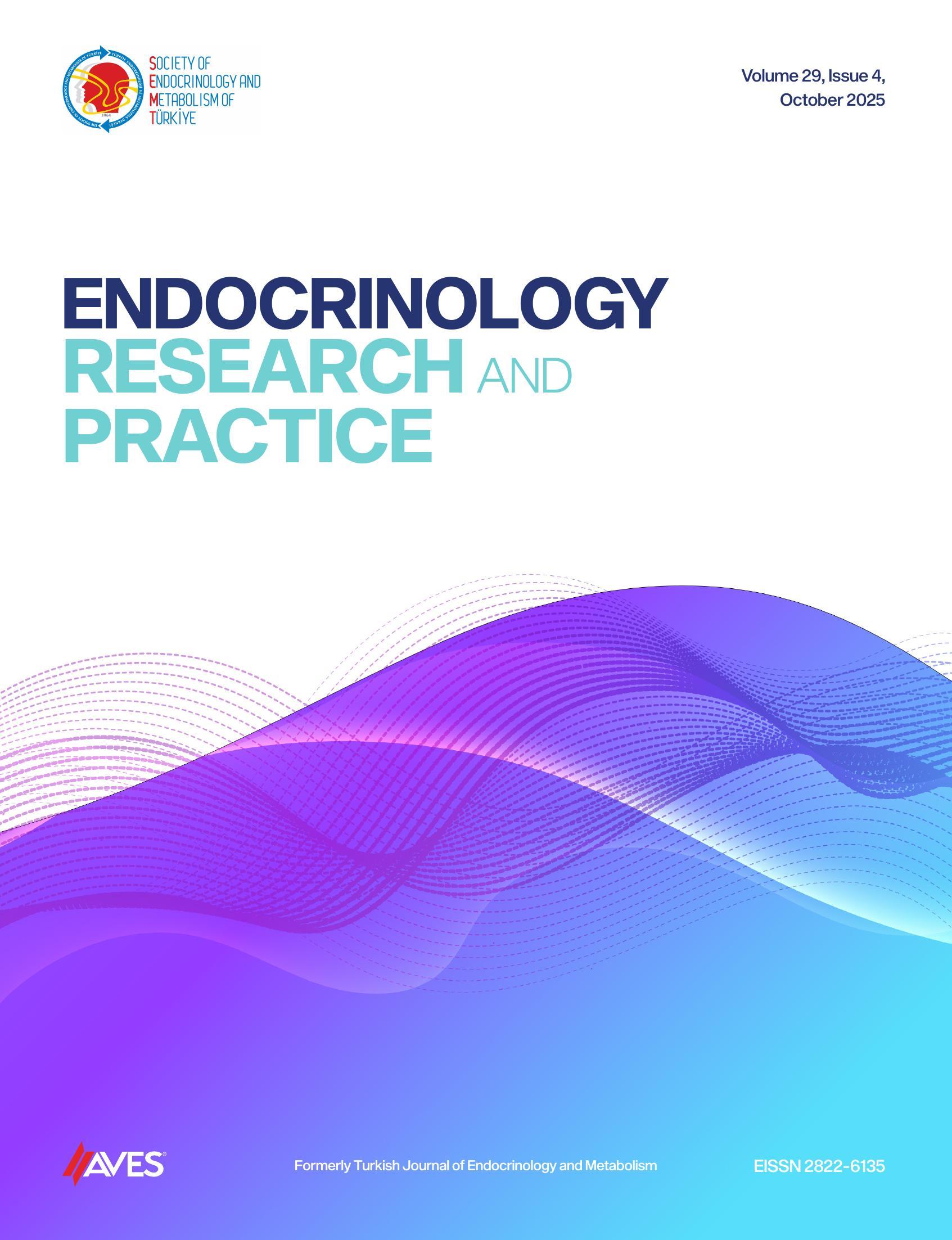Abstract
Objective: Clinical manifestations of GO are caused by the over compression of orbital tissues within the restricted orbital bone cavity. Impaired ocular blood flow may disrupt the retinal microstructure and functions.. In this study we aimed to investigate the macular and choroidal thickness changes in GO compared with healthy subjects.
Materials and Methods: The study group comprised 50 adult patients with previously diagnosed Graves’ Disease with ophthalmopathy who were on anti-thyroid treatment. For the assessment of GO activity. VISA (vision. inflammation. strabismus. and appearance) inflammatory score was used. When euthryoidism was achieved without side effects. the patients were referred to the ophthalmology clinic for Spectraldomain optical coherence tomography (SD-OCT) evaluation.
Results: Subfoveal. mean and temporal choroidal thicknesses were increased significantly in study group according to the controls. The mean choroidal thickness was elevated.
Conclusions: This elevation is because of the retroorbital inflammation even in this non-severe GO group. Choroidal thickness might be affected from the venous obstruction and congestion in patients with GO. The elevation of the choroidal thickness might be an early sign of venous congestion that occurs before the elevation of intraocular pressure.

-1(1).png)

.png)